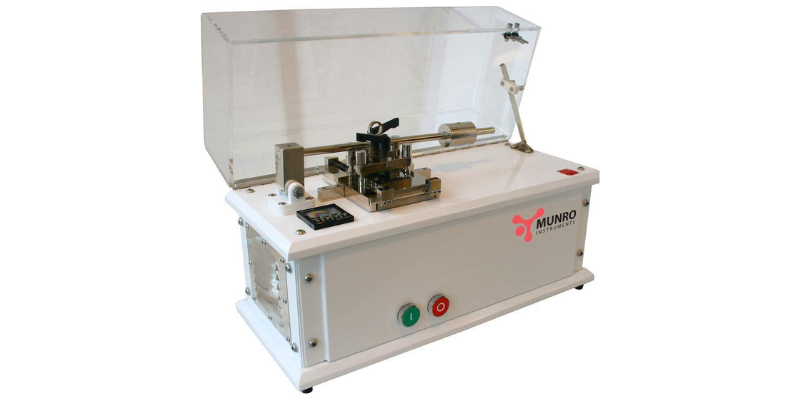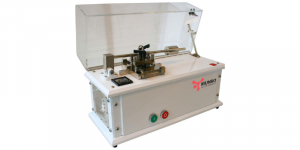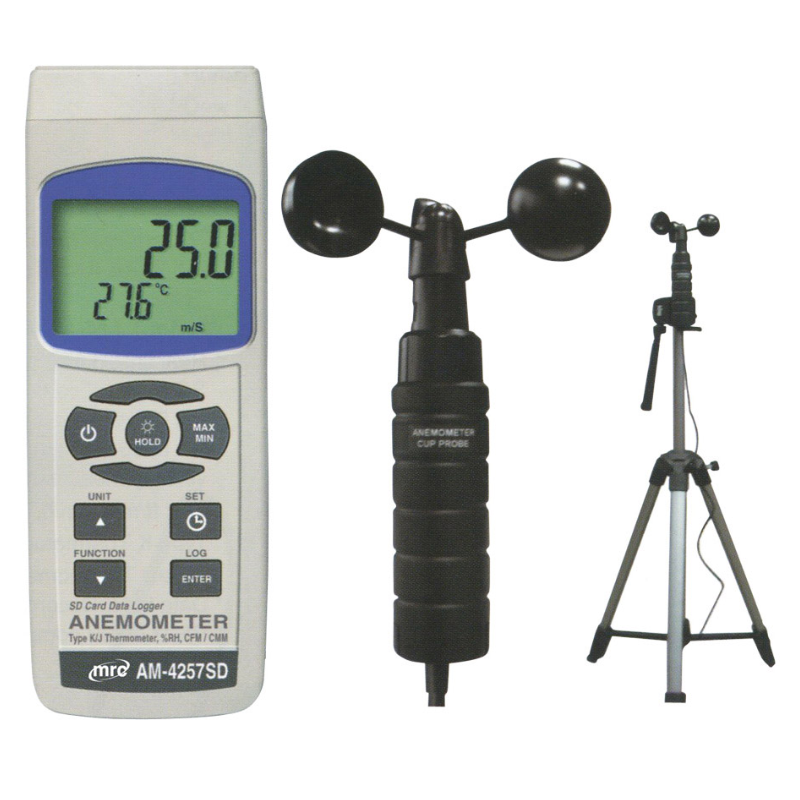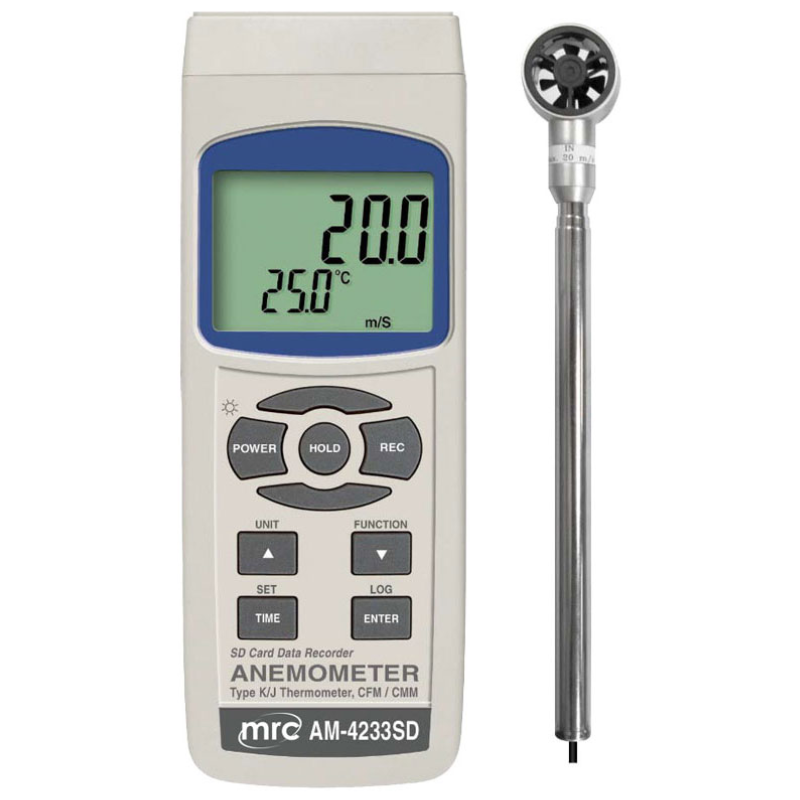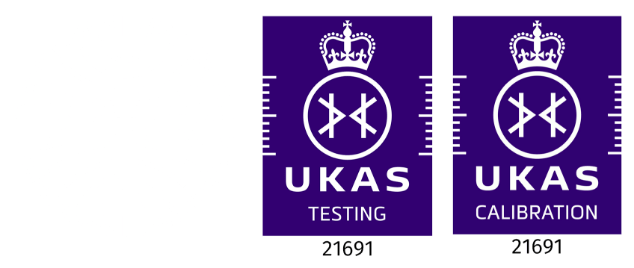Abrasion refers to the gradual wearing down of material due to friction or repeated contact. This process affects everything from fabrics to metals, reducing their usability and lifespan.
Abrasion testing is essential for industries that rely on durable materials. It helps predict the lifespan of a product, ensuring safety, reliability, and cost-effectiveness.
Components of a Flex Abrasion Tester
Key Features
Flex Abrasion Testers come equipped with specialized mechanisms that replicate real-world conditions. They allow for testing under various conditions, such as humidity and temperature.
Precision and Accuracy
The device is designed to produce consistent and reliable results, making it a trusted tool across multiple sectors.
How Does a Flex Abrasion Tester Work?
The Testing Process
The testing process involves subjecting a material to controlled rubbing or scrubbing actions. By monitoring the material’s response, manufacturers can determine its durability.
Calibration and Setup
Proper calibration ensures accurate results. This involves aligning the tester and setting parameters like pressure and speed.
Benefits of Using
Enhanced Product Longevity
By identifying weaknesses, manufacturers can improve the quality of their materials, resulting in longer-lasting products.
Cost Efficiency
Preventing product failures reduces waste and saves money in the long run.
Industries That Use Flex Abrasion Testers
Textile Industry
Textile manufacturers rely on abrasion testing to ensure fabrics withstand daily wear.
Automotive Sector
From seat covers to dashboards, abrasion resistance testing ensures components meet high durability standards.
Packaging Industry
In the packaging world, durability is key. Abrasion testing ensures materials can handle transportation and handling stresses.
Factors Influencing Abrasion Test Results
Material Composition
Different materials react uniquely to friction, impacting test results.
Testing Conditions
Temperature, humidity, and pressure can all affect the outcomes.
Operator Handling
Errors in setup or operation can lead to inconsistent results.
How to Choose the Right Abrasion Tester
Assessing Material Needs
Understanding the material’s intended use helps determine the right testing method.
Budget Considerations
Investing in quality equipment ensures long-term benefits.
Future Scalability
Choose a tester that can adapt to evolving industry needs.

